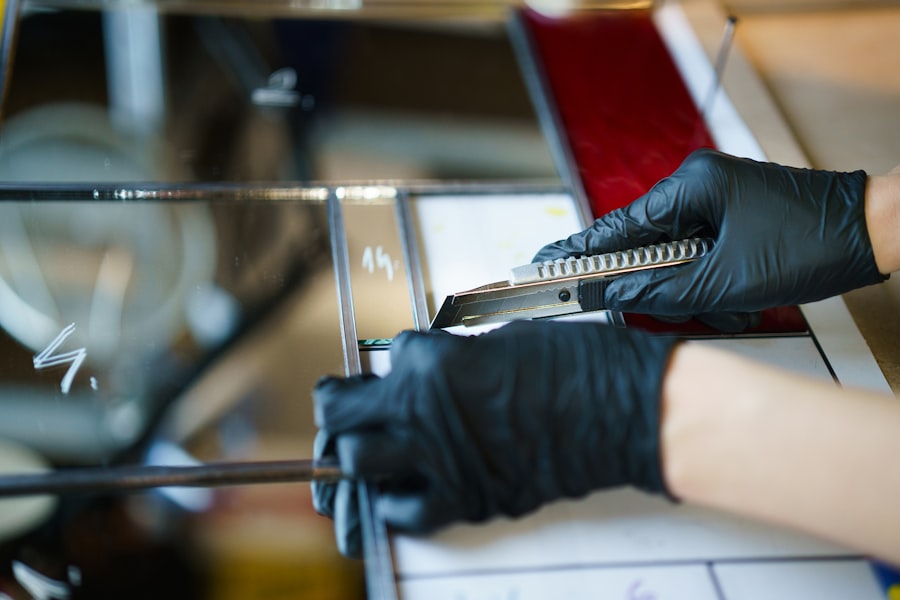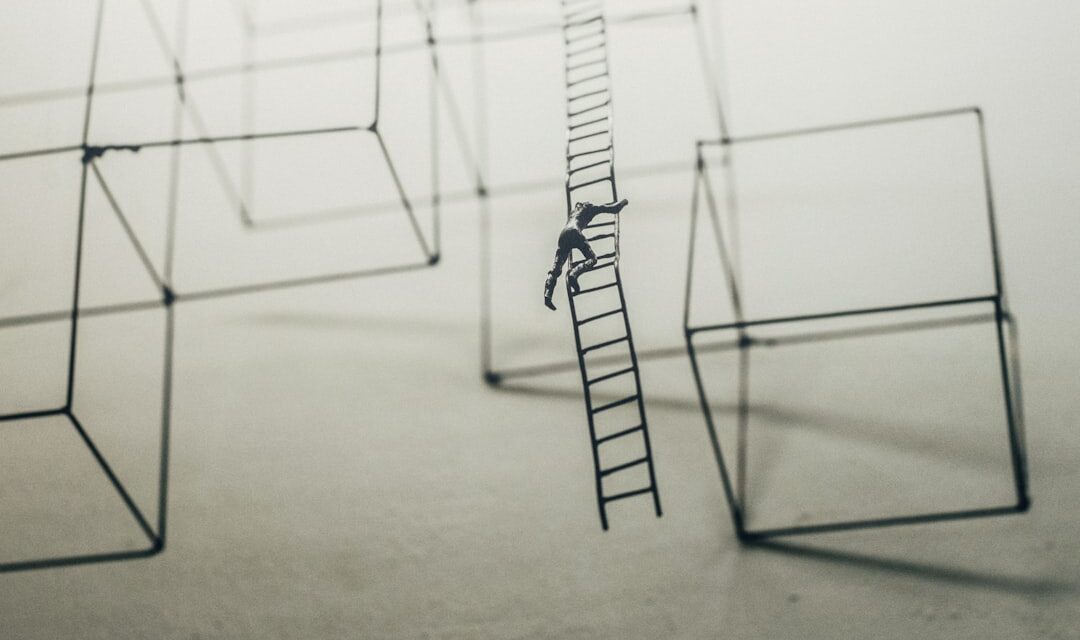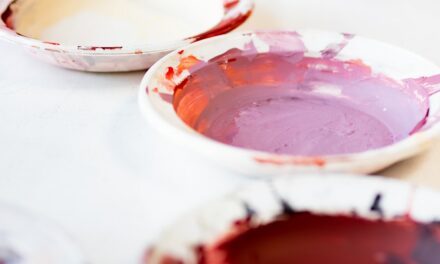The art of crafting beauty is a timeless pursuit that transcends cultures and epochs. It embodies the delicate interplay between creativity and technique, where artisans channel their skills to create objects that resonate with aesthetic pleasure. This pursuit is not merely about the end product; it is a journey that involves meticulous attention to detail, an understanding of materials, and a deep appreciation for the traditions that inform the craft.
From the intricate patterns of a handwoven tapestry to the smooth lines of a sculpted figure, each piece tells a story, reflecting the artist’s vision and the cultural context from which it emerges. Crafting beauty is also an exploration of the senses. It invites us to engage with the world around us in a more profound way, encouraging us to appreciate the subtleties of form, colour, and texture.
The act of creating becomes a meditative practice, allowing artisans to connect with their inner selves while simultaneously contributing to the collective human experience. In this sense, beauty is not just an aesthetic quality; it is a means of communication, a language that transcends words and speaks directly to the heart.
Summary
- Crafting beauty is an art that requires skill, creativity, and attention to detail
- Traditional craftsmanship plays a significant role in preserving heritage and cultural identity in beauty crafting
- Modern innovations such as sustainable sourcing and clean beauty formulations are shaping the future of beauty crafting
- Sustainability and ethical practices are becoming increasingly important in the beauty industry, driving the demand for eco-friendly and cruelty-free products
- Technology is revolutionising beauty crafting, from advanced skincare formulations to virtual try-on tools, enhancing the consumer experience and product development
Exploring Traditional Craftsmanship
Traditional craftsmanship is steeped in history, often passed down through generations, embodying the skills and knowledge of those who came before. Each craft has its own unique heritage, whether it be pottery, weaving, or woodworking, and these practices are often tied to specific cultural identities. For instance, the intricate designs of Persian carpets or the delicate porcelain of Chinese ceramics are not merely products; they are manifestations of centuries of tradition and cultural significance.
The artisans who engage in these crafts are not just creators; they are custodians of their cultural legacies, preserving techniques that might otherwise be lost to time. Moreover, traditional craftsmanship often involves a deep connection to the materials used. Artisans develop an intimate understanding of their chosen mediums, whether it be clay, wood, or metal.
This relationship informs their work, allowing them to manipulate materials in ways that highlight their inherent qualities. The process becomes a dialogue between the artist and the material, where each stroke or cut reveals new possibilities. In this way, traditional craftsmanship is not only about creating beautiful objects but also about honouring the natural world and its resources.
Modern Innovations in Crafting Beauty

As we move into an era defined by rapid technological advancements, modern innovations are reshaping the landscape of beauty crafting. Contemporary artisans are increasingly blending traditional techniques with cutting-edge technology, resulting in a dynamic fusion that pushes the boundaries of creativity. For instance, 3D printing has revolutionised the way designers approach form and structure, allowing for intricate designs that were once deemed impossible.
This technology enables artists to experiment with new shapes and materials, expanding their creative horizons while maintaining a commitment to craftsmanship. Additionally, modern innovations have made beauty crafting more accessible than ever before. Online platforms and social media have provided artisans with a global stage to showcase their work, connecting them with audiences far beyond their local communities.
This democratization of art allows for diverse voices and perspectives to emerge, enriching the tapestry of contemporary craftsmanship. As artists share their processes and stories online, they foster a sense of community that transcends geographical boundaries, encouraging collaboration and dialogue among creators from different backgrounds.
Sustainability and Ethical Practices in Beauty Crafting
In recent years, there has been a growing awareness of sustainability and ethical practices within the realm of beauty crafting. As consumers become more conscious of their environmental impact, artisans are responding by adopting eco-friendly materials and methods. This shift towards sustainability is not merely a trend; it reflects a fundamental change in how we perceive beauty and value in our creations.
Artisans are increasingly prioritising materials that are sourced responsibly, ensuring that their work does not contribute to environmental degradation or exploitation. Moreover, ethical practices extend beyond materials to encompass fair labour practices and community engagement. Many artisans are committed to supporting local economies by sourcing materials from within their communities or collaborating with other local craftspeople.
This approach not only fosters a sense of solidarity but also helps preserve traditional techniques that might otherwise be overshadowed by mass production. By prioritising sustainability and ethics in their work, artisans are redefining what it means to create beauty in a way that respects both people and the planet.
The Role of Technology in Beauty Crafting
Technology plays an increasingly pivotal role in the evolution of beauty crafting. Beyond 3D printing, advancements in digital design software have transformed how artists conceptualise and execute their work. These tools allow for greater precision and experimentation, enabling artisans to visualise their ideas before bringing them to life.
The integration of technology into the creative process has opened up new avenues for innovation while still honouring traditional craftsmanship. However, this reliance on technology also raises questions about authenticity and the essence of handmade artistry. While digital tools can enhance creativity, they can also lead to a disconnect from the tactile experience of crafting.
Many artisans strive to find a balance between utilising technology and preserving the hands-on nature of their work. This dialogue between tradition and innovation is essential for the future of beauty crafting, as it allows artists to explore new possibilities while remaining grounded in their craft’s rich heritage.
Cultural Influences on Beauty Crafting

Cultural influences play a significant role in shaping the aesthetics and techniques of beauty crafting across the globe. Each culture brings its own unique perspective on beauty, informed by historical narratives, social values, and environmental contexts. For instance, Indigenous crafts often reflect a deep connection to nature and spirituality, with patterns and motifs that tell stories of ancestral wisdom.
In contrast, contemporary urban art may draw inspiration from modern life and social issues, challenging traditional notions of beauty. The exchange of ideas between cultures has also enriched beauty crafting in profound ways. As artisans travel or connect through global networks, they share techniques and inspirations that transcend borders.
This cross-pollination fosters innovation while celebrating diversity in artistic expression. However, it is crucial for artists to approach cultural influences with respect and sensitivity, acknowledging the origins of techniques or motifs they incorporate into their work. By doing so, they honour the rich tapestry of human creativity while contributing to a more inclusive narrative within the world of beauty crafting.
The Business of Crafting Beauty
The business aspect of crafting beauty presents both challenges and opportunities for artisans today. While there is a growing market for handmade and artisanal products driven by consumer demand for authenticity and uniqueness, navigating this landscape requires savvy marketing strategies and business acumen. Artisans must not only hone their craft but also develop skills in branding, pricing, and distribution to ensure their work reaches its intended audience.
Moreover, the rise of e-commerce has transformed how artisans sell their creations. Online marketplaces provide platforms for artists to showcase their work without the constraints of physical galleries or shops. However, this shift also means that artisans must compete in an increasingly crowded marketplace where visibility is paramount.
Building a strong online presence through social media and engaging storytelling can help artisans connect with potential customers on a personal level, fostering loyalty and appreciation for their craft.
The Future of Beauty Crafting
Looking ahead, the future of beauty crafting is poised for exciting developments as artisans continue to adapt to changing societal values and technological advancements. The emphasis on sustainability will likely grow stronger as consumers demand more eco-conscious products. Artisans who embrace this shift will not only contribute positively to environmental efforts but also resonate with a generation increasingly concerned about ethical consumption.
Furthermore, as technology continues to evolve, we can expect new tools and methods to emerge that will further enhance creativity within beauty crafting. The integration of augmented reality (AR) or virtual reality (VR) could offer immersive experiences for consumers, allowing them to engage with art in innovative ways. As these technologies become more accessible, they may redefine how we perceive beauty and craftsmanship.
Ultimately, the future of beauty crafting lies in its ability to adapt while remaining rooted in tradition. As artisans navigate this ever-changing landscape, they will continue to explore new possibilities while honouring the rich histories that inform their work. In doing so, they will ensure that the art of crafting beauty remains a vibrant and essential part of our cultural heritage for generations to come.
Crafting Beauty is an art form that has been celebrated throughout history, with artists striving to create works that captivate and inspire. One such example is the painting “Rev. Robert Walker Skating” by Henry Raeburn, which showcases the beauty of movement and skill in a winter scene. This masterpiece is a testament to the talent and creativity of artists who seek to capture the essence of beauty in their work. To learn more about the art world and its wonders, check out this fascinating article on Henry Raeburn’s painting.



